GOES-S: NOAA's Next-Gen Weather Satellite in Photos
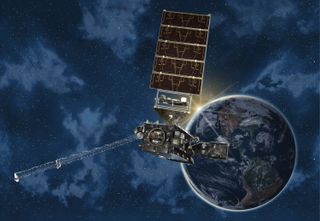
GOES-S

NASA and the National Oceanic and Atmospheric Administration (NOAA) will launch the second next-generation weather satellite of the high-tech GOES-R satellite series on March 1, 2018. GOES-S (Geostationary Operational Environmental Satellite-S) is scheduled to launch from Cape Canaveral Air Force Station in Florida at at 5:01 p.m. EST (2202) on a United Launch Alliance Atlas V rocket.
When GOES-S reaches its geostationary orbit, it will be renamed GOES-17. It is scheduled to take over for the GOES-15 satellite and become GOES-West once it becomes fully operational in late 2018.
Atlas V Soars to Space with GOES-S
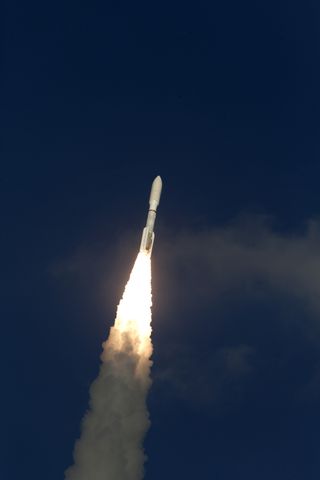
A United Launch Alliance Atlas V rocket carrying the GOES-S weather satellite soars toward space during a successful launch from Cape Canaveral Air Force Station on March 1, 2018.
GOES-S Rocket Launch
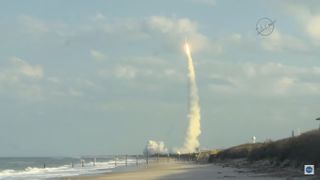
NOAA's GOES-S satellite launched March 1 on ULA's Atlas V rocket from Cape Canaveral Air Force Station in Florida. The advanced weather satellite will give researchers and meteorologists unparalleled views of the U.S. West.
Watching the West
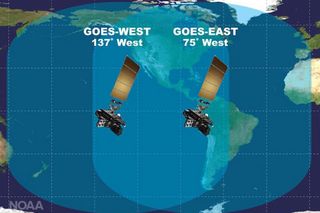
The GOES-East and GOES-West satellites cover the Western Hemisphere. The GOES-R series satellites — made up of the GOES-R, GOES-S, GOES-T and GOES-U — will improve the detection and observation of environmental phenomena affecting public safety, protection of property and the nation's economic health and prosperity.
Temperature Test
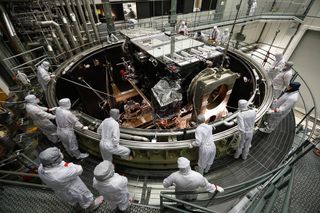
The GOES-S satellite undergoes a thermal vacuum chamber test of its ability to function in the cold void in space. GOES-S will orbit 22,300 miles (36,000 kilometers) above the Earth.
Cross-Country Trek

The GOES-S satellite is loaded into a U.S. Air Force C-5M super Galaxy cargo aircraft at Buckley Air Force Base in Aurora, Colorade. The satellite was then flown to Kennedy Space Center in Florida and transported to the Astrotech Space Operations facility in Titusville.
Offloading

On Dec. 4, 2017, the GOES-S arrived at NASA's Kennedy Space Center in Florida on a U.S. Air Force C-5M Super Galaxy cargo jet.
Get the Space.com Newsletter
Breaking space news, the latest updates on rocket launches, skywatching events and more!
Astrotech Space Operations

The GEOS-S satellite was prepped for launch inside the Astrotech Space Operations in Titusville, Florida.
Launch Prep Begins
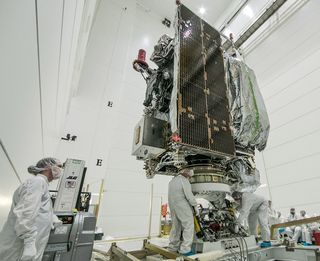
After being transported to the Astrotech Space Operations facility, the GOES-S satellite was housed in a clean room.
ULA Atlas V Booster

A Mariner transport ship delivered the components of the United Launch Alliance Atlas V rocket to the Army Wharf at Cape Canaveral Air Force Station.
Army Wharf

The ULA Atlas V booster is offloaded at Cape Canaveral Air Force Station.
Join our Space Forums to keep talking space on the latest missions, night sky and more! And if you have a news tip, correction or comment, let us know at: community@space.com.

Christine Lunsford joined the Space.com team in 2010 as a freelance producer and later became a contributing writer, covering astrophotography images, astronomy photos and amazing space galleries and more. During her more than 10 years with Space.com, oversaw the site's monthly skywatching updates and produced overnight features and stories on the latest space discoveries. She enjoys learning about subjects of all kinds.
